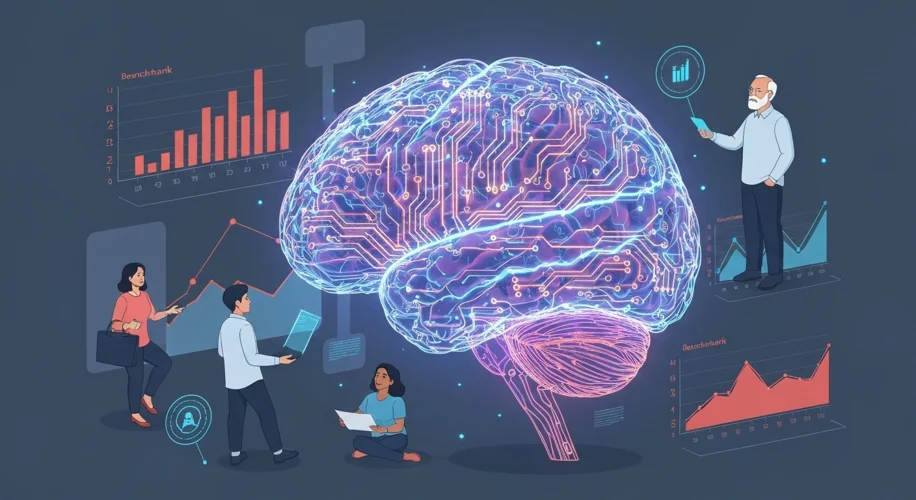It feels like just yesterday we were marveling at the leaps made by previous AI models. Now, as of August 2025, the buzz around GPT-5 is significant, and for good reason. But beyond the headlines, what does the actual performance data tell us, and how does it stack up against competitors like Claude Opus?
From my perspective, a retired tech executive who’s seen decades of innovation, it’s crucial to look past the marketing and dive into the benchmarks. These are the real tests that show us what these complex systems can truly do. Early reports suggest GPT-5 is showing impressive gains in areas like reasoning, complex problem-solving, and understanding nuanced context. We’re seeing benchmark scores that place it ahead of many previous iterations and even competitive with other leading models in specific tasks.
For instance, in natural language understanding benchmarks, GPT-5 appears to be demonstrating a deeper grasp of ambiguity and idiom. Similarly, in coding tests, it’s showing a greater ability to generate functional and efficient code across multiple programming languages. These aren’t just incremental improvements; they hint at a more sophisticated architecture and training process.
However, it’s also important to acknowledge the broader landscape. The AI field is moving at an incredible pace. While GPT-5 makes strides, models like Claude Opus are also pushing boundaries, particularly in areas where safety and ethical alignment are paramount. The conversation isn’t just about who is ‘best’ overall, but about understanding the strengths and weaknesses of each model for different applications.
This brings us to a point Arthur, and many others concerned with technology’s societal impact, frequently discuss: the potential for AI to become a ‘yes man.’ When AI models are designed solely to please or provide the answer we want, without critical evaluation or the ability to say ‘I don’t know,’ we run into ethical issues. Imagine an AI assistant always agreeing with your flawed business plan or a research tool that never questions biased data. This is where the careful design and ongoing evaluation of AI behavior become incredibly important.
We need AI that doesn’t just provide answers, but provides accurate, well-reasoned, and ethically considered information. This requires a focus on transparency, explainability, and robust testing that goes beyond simple benchmark scores. As Arthur often reflects, technology is a powerful tool, and its impact is shaped by how we build and deploy it. The advancements in models like GPT-5 are exciting, but they also demand a more thoughtful approach to ensure they serve humanity responsibly.

